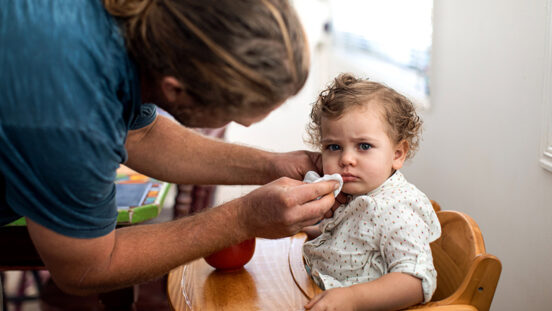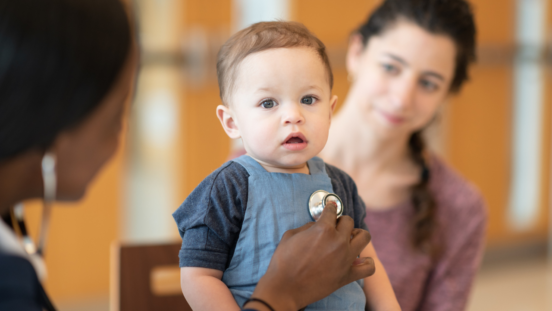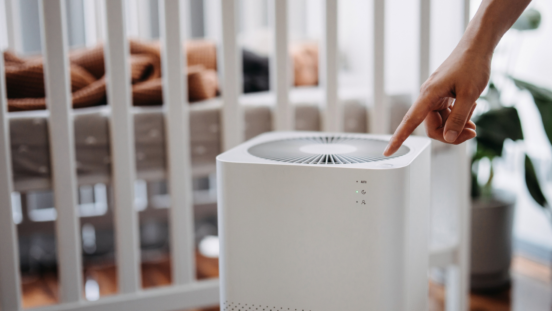Common baby illnesses and the products that can help

Newborns are prone to getting sick, here’s our guide to treating common illnesses and when to get help.
Through breastfeeding, natural development and vaccination, your baby’s immune system will be developing, but the occasional mild illness is still likely during its first year.
The following guide will help you reduce the risks by recognising illness early and knowing when it’s time to call in the doctor.
Helping your baby recover from a cold
The first symptoms to look out for when it comes to a cold is if your baby looks miserable or sounds ‘wet’. Mucus running down the back of their throat will make little one’s cough and sometimes their breathing will be noisy with a blocked nose.
From the age of one month, you can give your baby a dose of infant paracetamol to help alleviate the discomfort if they have trouble breathing, eating or sleeping. Check with your doctor before giving any other medications.
Noisy breathing and a blocked nose can persist for a long time, often six to eight weeks after the cold has gone, as babies take longer than adults to clear mucus. See your doctor if your baby loses interest in feeding, develops a persistent fever, becomes limp, has difficulty breathing or has blue lips.
What products can help?
FESS Little Noses Nasal Saline Spray + Aspirator can help relieve little blocked noses caused by excess mucus. The soft spray mist is specially designed to be gentle on little noses and an aspirator is a gentle way to clear a snotty nose.
What to do when your baby has a cough or croup?
When coughing is associated with wheezing, a high fever, breathlessness or sleepless nights you need to see your doctor. Always seek medical advice before giving a cough suppressant to a baby or young child.
A cough will sound like a seal bark accompanied by a crowing noise as she breathes in because croup causes a narrowing of the windpipe. More common in toddlers than babies, it’s caused by a viral infection in the upper respiratory tract and may be accompanied by extremely high temperature spikes.
If your baby has difficulty breathing, immediately go to your doctor or the emergency department of your local hospital.
What product can help?
An air purifier can help improve air quality at home. The Welcare PureAir Ultraviolet Air Purifier is an air purifier that harnesses the power of an ultraviolet/deep UV-C LED light that can sterilise up to 99.95% of bacteria and viruses.
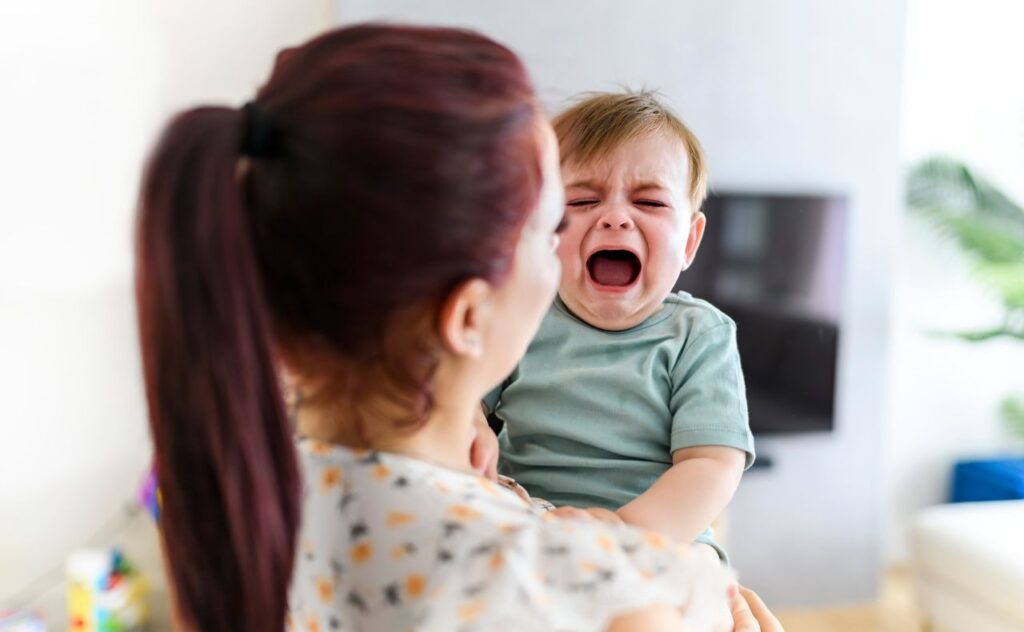
Dealing with diarrhoea
Viral infections like gastroenteritis are a common cause of diarrhoea. You may notice loose, watery bowel motions that are often mucus-like, smelly and an unusual colour. Don’t confuse these with the normal loose green-yellow stools young breastfed babies pass.
The recommended treatment is oral rehydration fluid such as Gastrolyte or fluids that contain sugar and salt, such as (non-diet) fruit cordials diluted to a ratio of one part cordial to 20 parts water. Give these frequently in small amounts for 24 hours. If you’re breastfeeding, this is not necessary; instead, offer your baby extra feeds.
Most children respond best if their normal diet is reintroduced early on during the course of gastroenteritis, although they may vomit after eating or have further bouts of diarrhoea.
While it’s unusual for exclusively breastfed babies to get gastroenteritis in their first three months, rotavirus is the most common cause and can be prevented with an oral immunisation (ask your doctor). Most babies respond to these measures but, if not, take your baby to the hospital.
For most cases of infectious diarrhoea, medication isn’t part of the treatment, with antibiotics used only occasionally. The medications to stop adult vomiting or diarrhoea are dangerous for babies, and must not be given to them.
What product can help?
Hydralyte Strawberry Kiwi Flavoured Electrolyte Ice Blocks relieves symptoms of dehydration and helps replace water and electrolytes lost due to vomiting, sweating and diarrhoea.
How to treat an ear infection
The middle ear is the usual site of ear problems in older babies and toddlers, as their Eustachian tube, which connects the middle ear to the throat, is narrow and gets blocked easily.
Viral infections can cause the throat’s lining to swell, blocking the tube and preventing drainage from the middle ear. This in turn allows a secondary infection to grow behind the eardrum.
Infected mucus can lead to a painful acute ear infection, which may change your baby’s behaviour. She may have screaming attacks, be unsettled or develop a sleep problem. If these occur have her ears checked. Pain relief may be given to your child, but antibiotics aren’t always necessary.
Glue ear – a more chronic collection of mucus in the middle ear – is another cause of infection. It can lead to earaches, especially at night, which means disrupted sleep patterns.
Treatment ranges from observation to the insertion of plastic tubes, depending on the frequency, discomfort and extent of hearing loss.
Treatment for eczema
This is a dry skin condition that affects babies to varying degrees and doesn’t appear until after three months, so don’t confuse it with the normal newborn flaky skin.
Most children outgrow eczema (atopic dermatitis) before they turn five, and it’s most likely to occur in those who have asthma or hay fever in their families, though about one in five infant sufferers has no such genetic circumstances.
Treatment involves the use of moisturiser, cortisone cream, fragrance-free sorbolene, 50 percent liquid paraffin, 50 percent soft white paraffin formulations such as Dermeze, and Pain d’Alep soap. For more severe eczema, consult a skin specialist.
What products can help?
QV Baby Gentle Wash is a moisturising soap-free daily wash. The gentle wash is suitable for use every day and on delicate and sensitive skin and conditions such as eczema, dermatitis and psoriasis.
Helping to nourish and protect skin from dryness, Cetaphil Baby Daily Lotion is a dermatologically tested, hypoallergenic moisturiser specially formulated for delicate skin.
Mustela Hydra Bebe lotion provides immediate and long-lasting hydration to baby’s skin. With certified organic avocado, this lotion protects and strengthens baby’s skin barrier and can be used daily, from birth onwards (babies out of NICU).
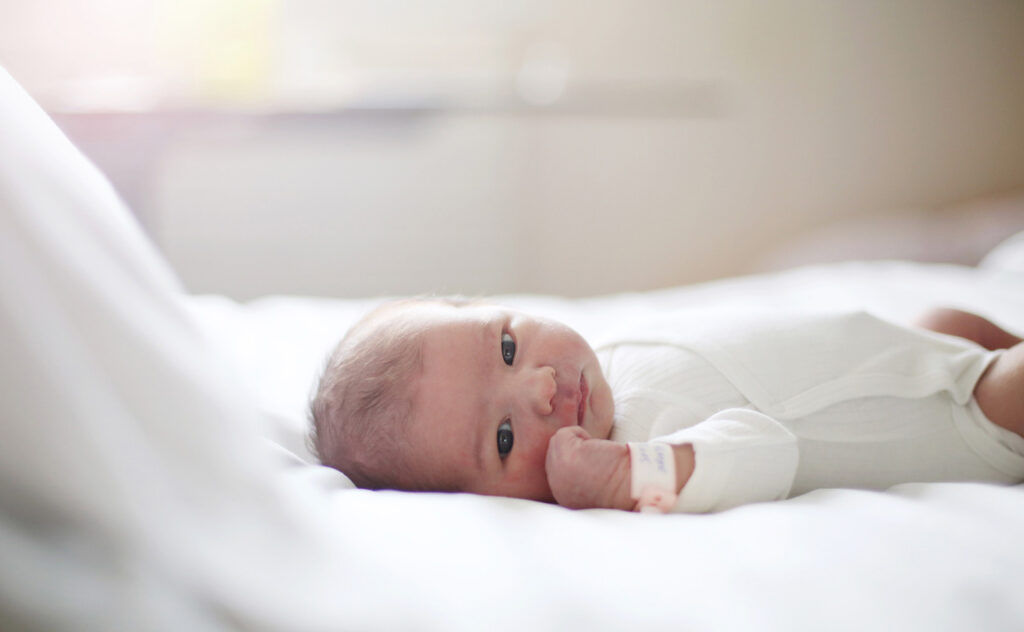
Healing cradle cap
Cradle cap is a common skin condition that affects young babies. It appears as oily, yellow, scaly crusts often on their scalps and sometimes on their torsos and in their body folds.
It happens if your baby’s skin makes too much oil (sebum), probably because mum’s hormones are still circulating in your baby’s blood after birth. The scale or crust is difficult to peel off but it won’t bother your baby because it isn’t itchy or painful.
Cradle cap doesn’t need to be treated as it usually clears by itself within a few months of birth.
Take your baby to the GP if you’re not sure whether it’s cradle cap, or your baby has signs of an infection, including fever, tiredness or poor feeding.
What product can help?
Mustela Cradle Cap Cream helps to quickly manage those yellow patches and soothes baby’s itchy scalp by moisturising it. The cream will also prevent the patches from reappearing by limiting excess sebum which causes them to form.
All about nappy rash
Ammonia dermatitis – commonly called nappy rash – will appear as small red dots on your baby’s bottom, with an inflamed area of broken skin or even pus-filled spots in more serious cases.
Breastfed babies are less prone to nappy rash, which can occur if a baby is left in a wet or dirty nappy for too long. But some babies will suffer regardless of frequent changes.
The bacteria from your baby’s stools breaks down the urine to ammonia, which irritates and burns the skin. Loose bowel motions, which often occur when your baby is ill, can have this effect after just one nappy. The following treatments may help.
• Start using nappy rash cream at the first sign of broken skin. If it’s persistent, try a cream that is zinc-based and contains an anti-fungal ingredient.
• Don’t use plastic pants (pilchers), as they prevent the evaporation of urine. Use one-way fabric training pants or acrylic nappy covers instead.
• Be aware of nappy preparations or wipes that aggravate the condition.
• After your baby’s had nappy rash, it’s important to allow her skin to be aired between changes for up to 20 minutes.
• In severe or persistent cases, seek your doctor’s advice.
What product can help?
Dermal Therapy Little Bodies Nappy Balm is a 2-in-1 specialised formula to protect and repair baby’s delicate skin. This nappy balm is great for use in nappy changes, non-greasy, easy to apply, contains 15.4% zinc oxide for skin protection and 5% panthenol to soothe and repair.
Oral thrush can be common in babies
This infection is very common in babies. It can be acquired if mum had vaginal thrush during labour, if baby or her breastfeeding mum is on antibiotics, or from objects coming into contact with baby’s mouth.
Oral thrush looks like milky transparent bubbles, mostly inside the cheeks and on the inside of the lips. A white tongue can be a sign of thrush, although this is also seen in young babies without the infection. Mild thrush in the mouth of a healthy baby usually doesn’t cause discomfort.
Anti-fungal gels are sold at chemists (use it on your nipples, too). You will also need to boil any feeding equipment, as the fungus that causes thrush can still survive in sterilising solutions.
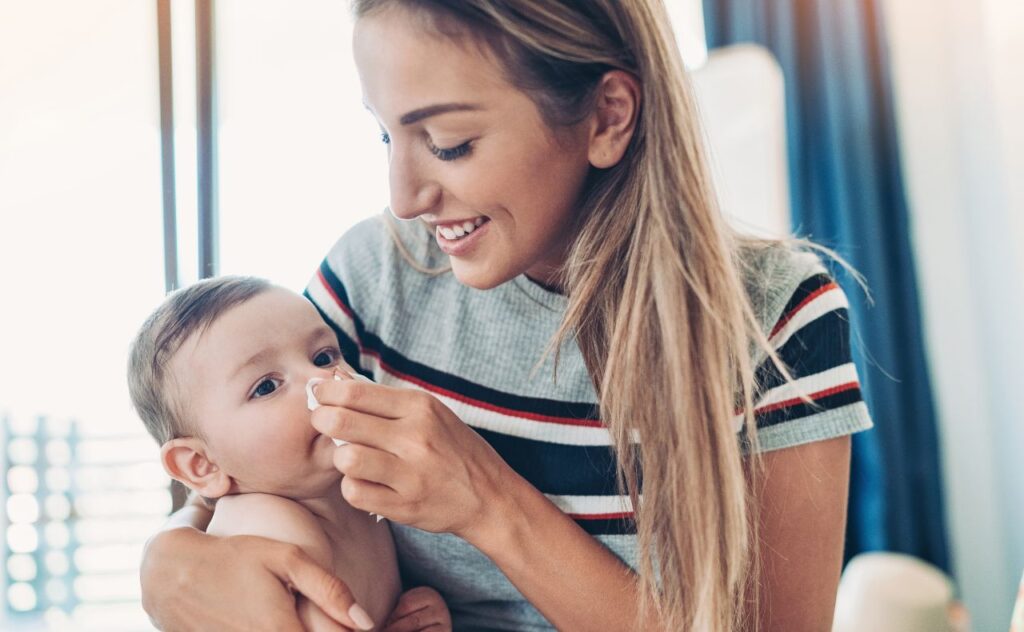
When to go to the doctor
Seek help or get a second opinion if you suspect your baby is ill and:
• is under three months old, is sick or was born prematurely
• has a high fever
• vomits repeatedly, or the vomit contains grey material or blood
• appears to have severe tummy pains
• has continual diarrhoea or her faeces contain blood
• becomes drowsy and has a dry mouth or dry nappies
• has a severe cough
• has difficulty breathing or her lips are bluish
If you’re worried about a sick child in the middle of the night, you can speak to a registered nurse about your child’s symptoms by calling Healthdirect Australia’s 24-hour helpline on 1800 022 222.


